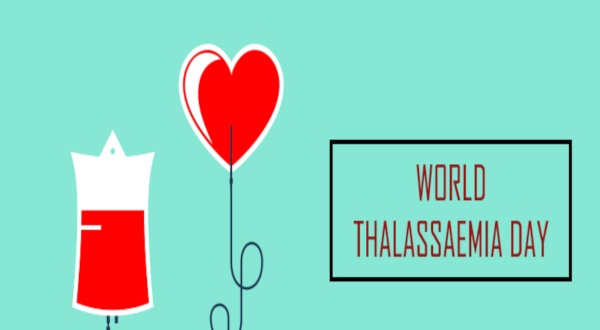World Thalassemia Day 2019 observed on 8 May
Every year 8 May is observed as ‘World Thalassaemia Day’ globally. The theme for 2019 was “Universal access to quality thalassaemia healthcare services: Building bridges with and for patient”.
About World Thalassaemia Day
Objective: to raise awareness about thalassaemia (a genetic disease), its prevention and measures to avoid its transmission among people throughout the world.
It is observed in honour of all patients suffering and fighting from thalassaemia and also all scientists working hard to provide improved quality of life to people suffering with it.
About Thalassemia
- It is an inherited blood disorder characterised by less haemoglobin (Hb) and lesser than normal blood cells. A person suffering from thalassemia has at least one of the parents as disease carrier.
- Reason: Genetic mutation and deletion of some key gene fragments leads to thalassemia. Less haemoglobin in patient’s body results in improper oxygen transport and destruction of red blood cells (RBCs) and leads to anemia. This further leads to iron overload, bone deformities especially in face and in severe cases can cause heart diseases.
- Apart from bone deformities a person with thalassemia can also have yellow or pale skin, dark coloured urine, delayed growth and excessive tiredness
- Being a genetic disease its prevention is difficult but can be diagnosed by blood tests.
- At Risk: People who have a case of thalassemia in family history are at high risk of disorder. It is more common among people of Mediterranean (like Italian, Greek, Middle Eastern) and Southeast Asian ancestry, and in African-Americans.
- Treatment: It can be treated by blood transfusions and chelation therapy. In children it can be cured by bone marrow transplant. But, some signs and symptoms only develop during later childhood or adolescence.
Month: Current Affairs - May, 2019


